| Sorted by date | |||
|
|||
|
|
|||
page169from Nordic Architects Writes
Architecture’s breakthrough in terms of
knowledge
Architecture is not sufficiently well
equipped with knowledge instruments for it to accomplish the tasks that pile up
on it. Straightforward methods that hark back to a combination of
techno-cultural strategies and supplementation strategies do not genuinely
favour the opportunities architecture can offer. Returning to the design
synthesis used formerly does not succeed except in limited individual cases. Architecture
suffers from knowledge and procedural crises.
... more ...
|
|||
|
|||
|
|
|||
page168from Nordic Architects Writes
4 Imaginary and entertainment
environments
“Disneylands”, zoos and funfairs act as
places of refuge from the dreariness of the urban surroundings.
5 Event and participation
environments
Pedestrian precincts, children’s villages,
centres for performances... more ...
|
|||
|
|||
|
|
|||
page167from Nordic Architects Writes
Today’s mechanistic techno-culture
environment is out proportion with humankind. It is an alienated species of
reality and it has nothing to say in terms of creating human closeness. The
viewpoint that shapes the city culturally has been thoroughly ruined and that
is a problem! So too is the reason why modern architecture looks as if it has
been barbered down to the hairline! Why does the city create an impression of
nothing but abundance and quantity without leaving us any clear impression of
quality?
Perhaps
the cultural goals of a great synthesis are not just surplus ballast after all.
At least throwing them... more ...
|
|||
|
|||
|
|
|||
page166from Nordic Architects Writes
To divide the building into a planned field
of structural dimensions – to eliminate the picture of a spatial architecture
that changes through growth;
To
assemble a building from finished components – to eliminate the opportunity to
create a building where the overall entity is made up of (ever smaller) unique
details;
To
assemble buildings of arbitrary size by repeating the same components
horizontally and vertically –i.e. the whole is nothing more than the sum of the
parts – to elim... more ...
|
|||
|
|||
|
|
 ... ...
... ... ... ...
... ... ... ...
... ... ... ...
... ...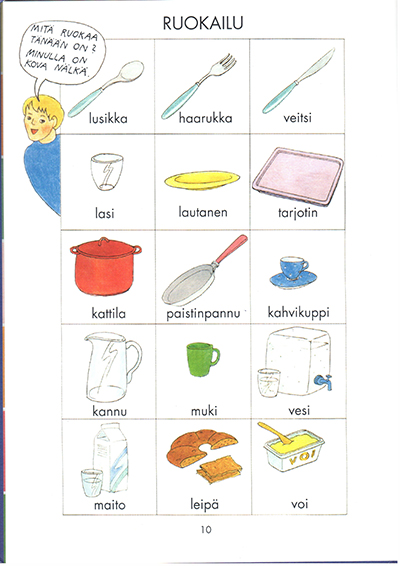 ... ...
... ... ... ...
... ... ... ...
... ... ... ...
... ... ... ...
... ...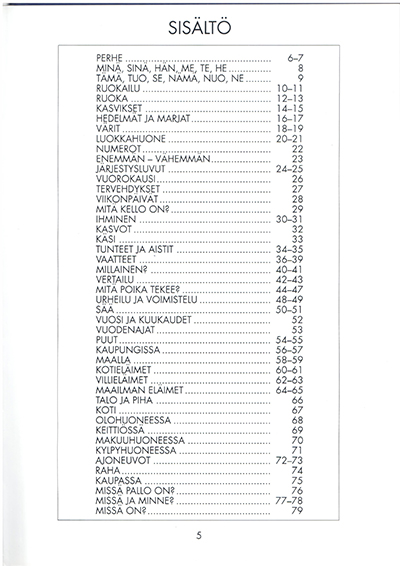 ... ...
... ... ... ...
... ... ... ...
... ...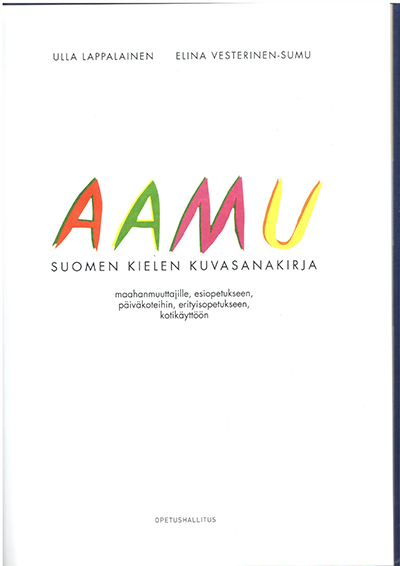 ... ...
... ...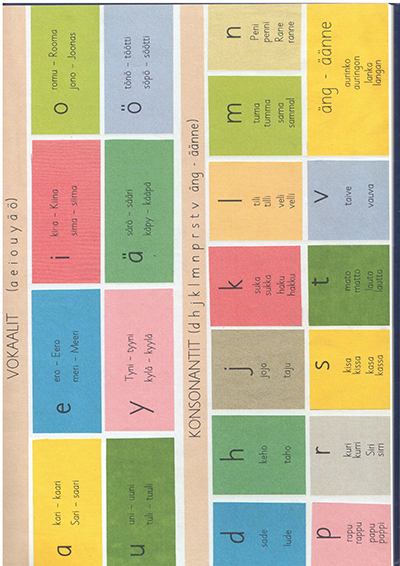 ... ...
... ...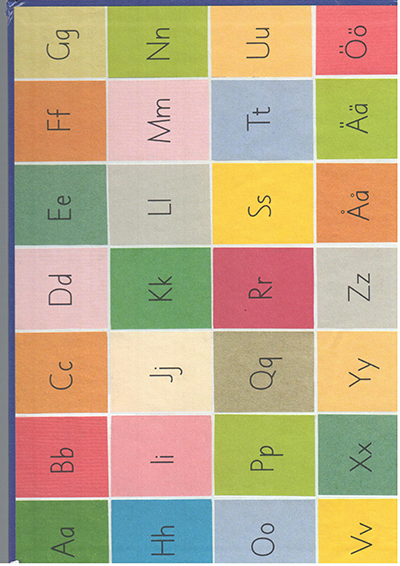 ... ...
... ...